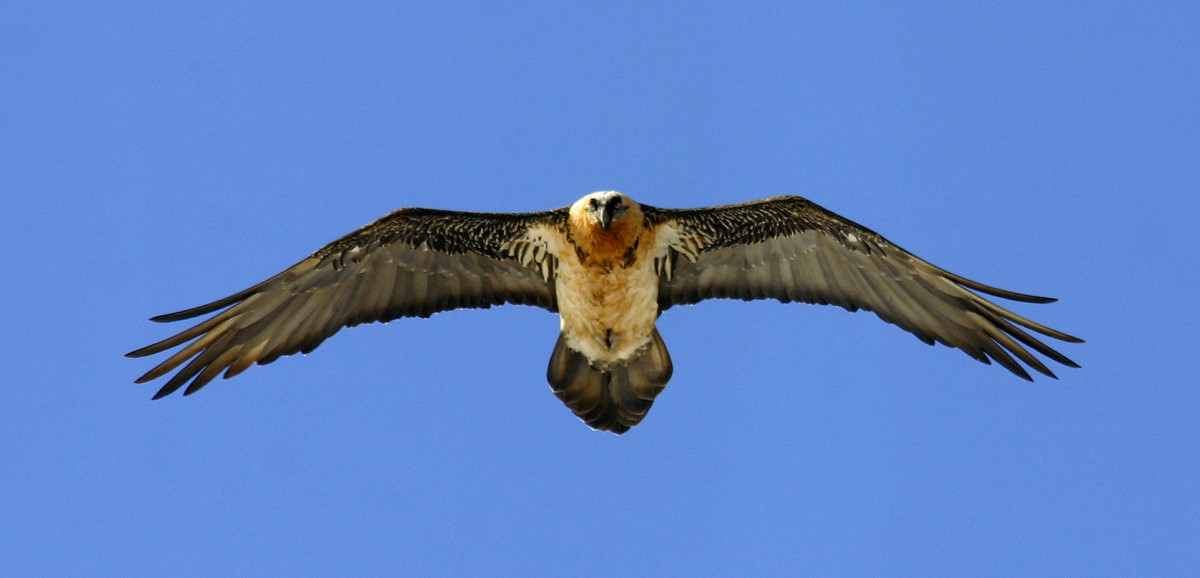Overarching Workshop to Develop a Multi-species Action Plan to Conserve African-Eurasian Vultures (Vulture MsAP)

Vultures are under extreme pressure from a range of human activities. Drastic and widespread vulture population declines in recent years in Asia and Africa are reflected by IUCN Red List status: the majority of species of Old World Vultures are now considered ‘Critically Endangered’.
Vultures are threatened by a wide range of human activities, such as direct and indirect poisoning, habitat loss and degradation, decreased food availability, electrocution and collision with power grids and human disturbance. This crisis is of particular concern because vultures provide critically important ecosystem services by cleaning up carcasses and other organic waste in the environment, thus reducing the spread of dangerous diseases such as anthrax and rabies – resulting in highly significant economic and human health benefits. Vultures utilize vast home ranges, frequently crossing geo-political boundaries and so international cooperation is essential to their conservation.
In November 2014, CMS Parties gathered at COP11 in Ecuador adopted CMS Resolution 11.14 - Programme of Work on Migratory Birds and Flyways, which established the mandate to develop a Multi-species Action Plan to Conserve African-Eurasian Vultures (Vulture MsAP), under the auspices of the CMS Memorandum of Understanding on the Conservation of Migratory Birds of Prey in Africa and Eurasia (Raptors MOU). The mission was to bring together representatives of Range States, partners and interested parties, to develop a coordinated Action Plan for submission to CMS COP12, held in October 2017.
The overall aim was to develop a comprehensive strategic Action Plan covering the whole geographic ranges (at least 124 countries) of 15 species of Old World Vultures to promote concerted and collaborative international conservation actions. The species covered include: Bearded Vulture (Gypaetus barbatus), Egyptian Vulture (Neophron percnopterus), Red-headed Vulture (Sarcogyps calvus), White-headed Vulture (Trigonoceps occipitalis), Hooded Vulture (Necrosyrtes monachus), Himalayan Griffon (Gyps himalayensis), White-rumped Vulture (Gyps bengalensis), Whitebacked Vulture (Gyps africanus), Indian Vulture (Gyps indicus), Slender-billed Vulture (Gyps tenuirostris), Cape Vulture (Gyps coprotheres), Rüppell’s Vulture (Gyps rueppelli), Cinereous Vulture (Aegypius monachus), Lappet-faced Vulture (Torgos tracheliotos), and Griffon Vulture (Gyps fulvus).
The objectives of the Vulture MsAP are to:
- Rapidly halt current population declines in all species covered by the Vulture MsAP;
- Reverse recent population trends to bring the conservation status of each species back to a favourable level; and,
- Provide conservation management guidelines applicable to all Range States covered by the Vulture MsAP.
Three of four Regional Workshops were held in 2016, to gather detailed information on species distribution, population sizes and trends, as well as a better understanding of the threats and associated drivers, and the conservation measures required to address them. The African Regional Workshop was held in October in Senegal and co-organised by the BirdLife International; the European Regional Workshop was held in late October in Spain and co-organised by the Vulture Conservation Foundation; the Asian Regional Workshop was held in late November in Mumbai, India and co-organised by the Royal Society for the Protection of Birds. The Middle East Regional Workshop was held in early February 2017 in Sharjah, United Arab Emirates, and was co-organised with the Environment and Protected Areas Authority of the Emirate of Sharjah.
The Overarching Workshop to develop the Vulture MsAP was held from 16 - 19 February 2017 in Toledo, Spain, at the kind invitation of the Regional Government of Castilla-La Mancha. There three primary aims of the Overarching Workshop include:
- To review the 1st consolidated draft of the Vulture MsAP, incorporating the four regional components from Africa, Asia, Europe and the Middle East, and other inputs such as the Egyptian Vulture Flyway Action Plan (FAP), the Cinereous Vulture FAP and other existing Species Action Plans (SAPs).
- To elaborate certain key strategic components of the Vulture MsAP which will not have been collectively considered at the four Regional Workshops, including an Implementation Plan, Outline Budget, Fundraising and Resource Mobilization Strategy and a Communications Plan; and
- To engender and develop multi-lateral support, including identifying 'Vulture Conservation Champions', from CMS Parties, Signatories to the Raptors MOU, Range States of the Old World vultures covered by the MsAP and other key partners and stakeholders.
The Workshop took place back-to-back with the Second Meeting of the CMS Preventing Poisoning Working Group, held from 20 - 21 February 2017 in Toledo. A field trip available to delegates of both events on 19 February 2017 gave the opportunity for on-site discussions on cross-cutting issues and potential synergies.
The organization of this workshop was made possible thanks to in-kind and voluntary financial contributions provided by the Regional Government of Castilla-La Mancha in Spain, the Swiss Federal Office for the Environment, the Environment Agency - Abu Dhabi, on behalf of the Government of the United Arab Emirates; with additional organisational support received from the Spanish Ornithological Society (SEO/BirdLife Partner) and BirdLife International.
| Dates | 16 Feb 2017 to 19 Feb 2017 |
|---|---|
| Registration Deadline | 31.12.2016 |
| Organizador | Coordinating Unit of the Raptors MOU |
| Instrumento de la CMS | Birds of Prey (Raptors) |
| Tipo | Workshop |
| Tipo | Partner |
| Status | Concluded |
| Idiomas | English |
| Pais | Spain |
| Ciudad | Toledo |
Descargue todos los archivos en .zip
| Número | Título | Archivos |
|---|---|---|
| CMS/Raptors/VultureOW/Report | Report of the Overarching Workshop to Develop Vulture MsAP |
| Número | Título | Archivos |
|---|---|---|
| CMS/Raptors/VultureOW/1 | Provisional Outline Agenda | |
| CMS/Raptors/VultureOW/2 | Provisional Annotated Agenda and Schedule | |
| CMS/Raptors/VultureOW/3 | Multi-species Action Plan to Conserve African-Eurasian Vultures (Vulture MsAP): 1st Draft |
| Número | Título | Archivos |
|---|---|---|
| CMS/Raptors/VultureOW/Inf.1 | Provisional List of Participants |
| Número | Título | Archivos |
|---|---|---|
| VultureOW-PPWG2 | Information Note for Participants |



